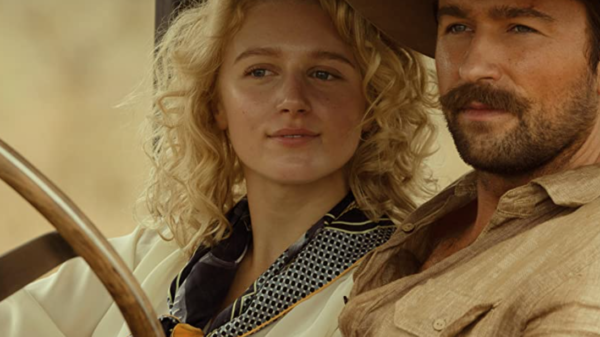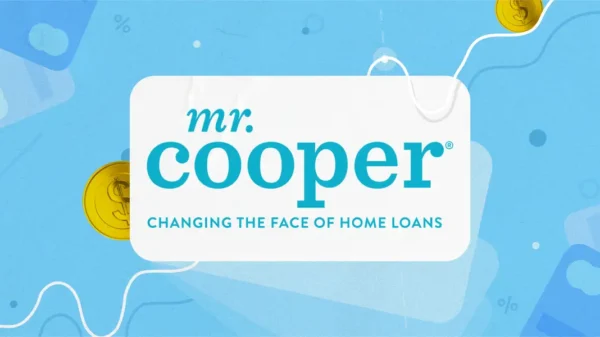In the realm of social interaction, humor stands as a versatile tool, capable of both forging connections and deftly navigating the complex landscape of human relationships. Among the myriad expressions of humor, good roasts occupy a unique position, blending wit, observation, and a touch of audacity. This comprehensive guide delves into the art of crafting good roasts, exploring their history, the nuances of their application, and tips for delivering them with finesse, ensuring they land with impact yet maintain the delicate balance of camaraderie and respect.
The Origins and Evolution of Roasting
The practice of roasting, in the context of humor, traces its roots back to the banquets and social gatherings of ancient civilizations, where it was customary for guests to engage in jesting and playful exchanges. Over centuries, this tradition has evolved, finding expression in various cultural practices, from the jesters of medieval courts to the modern-day stand-up comedians and celebrity roast events. These gatherings, often characterized by a series of humorous insults aimed at a particular individual, highlight the roast’s primary function: to entertain by pushing the boundaries of conventional discourse, all while adhering to an underlying code of mutual respect and affection.
The Anatomy of a Good Roast
Striking the Right Balance
At its core, a good roast is an exercise in balance. It requires a keen sense of timing, a deep understanding of the audience, and, most importantly, a profound grasp of the line that separates fun from disrespect. The essence of a good roast lies not in the severity of the jab but in the skill with which it is delivered. It should be tailored to the recipient, showcasing a level of personalization that indicates thoughtfulness and effort. This customization ensures the roast is received not as a random insult but as a testament to the roaster’s insight into the person’s character or habits.
The Ingredients for Success
The best roasts are often those that incorporate a mix of exaggeration, observational humor, self-deprecation, and, occasionally, a touch of absurdity. Exaggeration magnifies a trait or situation to comic proportions, while observational humor draws on the quirks and idiosyncrasies that define the individual. Self-deprecation, used judiciously by the roaster, can disarm the audience and the roastee, demonstrating that the spirit of the roast is not malicious. Lastly, absurdity can add an unexpected twist, leaving the audience amused and surprised.
Crafting and Delivering Memorable Roasts
Understanding Your Audience and Subject
A pivotal aspect of mastering good roasts is the ability to read both the room and the individual. Knowing the audience’s limits and the roastee’s temperament can guide the tone and content of the roast. It’s crucial to consider the context in which the roast is being delivered—what might be appropriate among close friends could be entirely unsuitable in a more formal setting or with acquaintances.
The Art of Timing and Delivery
Timing and delivery are everything. A well-timed pause before the punchline or an expertly modulated tone can significantly enhance the impact of the roast. The goal is to engage the audience, building anticipation and guiding them to the humorous conclusion. Delivery should be confident but not aggressive, conveying that the roast is meant in good spirit.
Practice and Feedback
Like any skill, the ability to deliver good roasts improves with practice. It can be helpful to rehearse in front of a trusted friend or mirror, paying attention to timing, tone, and body language. Constructive feedback is invaluable, offering insights into what works and what might be refined. The process is iterative, with each attempt providing lessons for the next.
Navigating the Challenges
Knowing When to Hold Back
An essential part of mastering roasts is recognizing when not to engage in them. Not every situation is appropriate for a roast, and not everyone is receptive to this form of humor. Sensitivity to the feelings of others is crucial. A good roaster knows that the ultimate goal is to entertain and connect, not to alienate or offend.
Handling Reactions
Reactions to a roast can vary widely, and it’s important to be prepared for responses, both positive and negative. If a roast doesn’t land as intended, a quick apology and change of subject can help defuse any tension. The ability to read the room and adjust accordingly is a valuable skill in these scenarios.
Conclusion
Good roasts are a delicate blend of humor, timing, and social intuition. They require an understanding of the audience, a deep connection with the roastee, and a careful calibration of content and delivery. When executed with skill and sensitivity, roasts can enhance social bonds, bringing laughter and a shared sense of camaraderie. The key lies in striking the right balance, ensuring that the roast is always in service of amusement and affection. Whether among friends, at a special event, or in a professional setting, mastering the art of good roasts can add a dynamic and engaging element to interpersonal interactions, affirming that, at its heart, this tradition celebrates the joy of human connection.














































